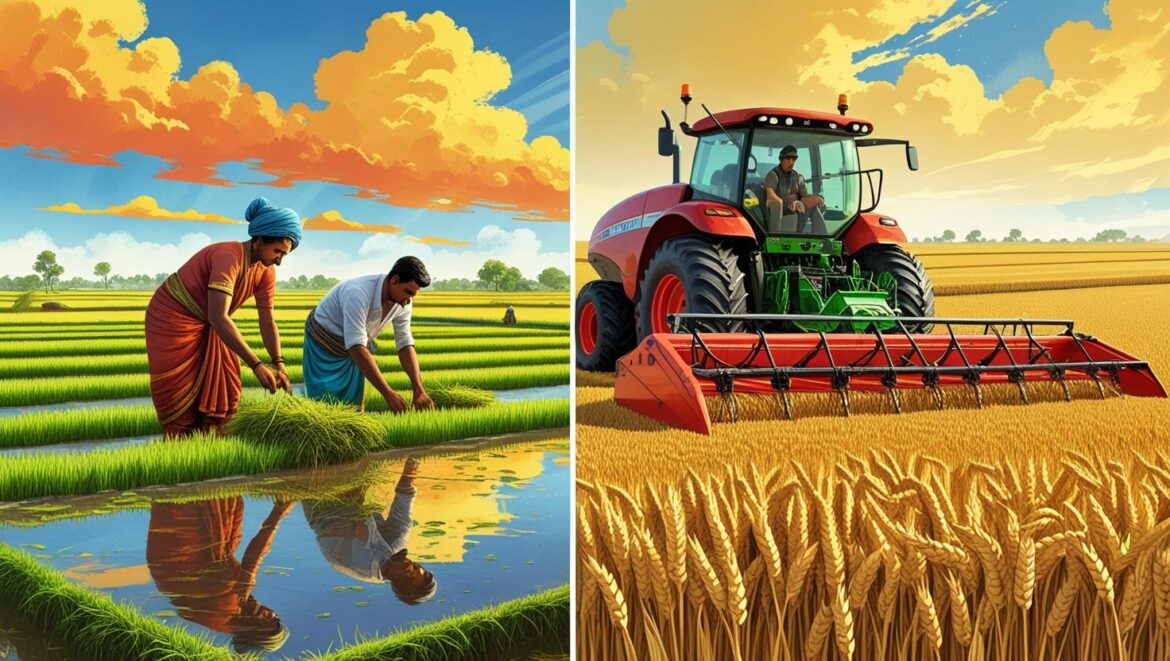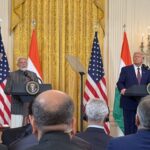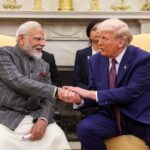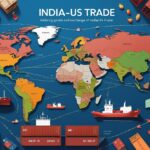India’s Prime Minister Narendra Modi on August 6, 2025, mounted a sharp defense of India’s rural economy in response to fresh U.S. tariff hikes, declaring that the country would “never compromise” on the interests of its farmers, livestock keepers, and fishermen—even if it comes at a political cost.
“I know I will have to pay a heavy price, but I am ready,” PM Modi said at the MS Swaminathan Centenary Conference in Delhi, just hours after U.S. President Donald Trump announced an additional 25 per cent tariff on Indian exports, bringing the total to 50 per cent.
The move, ostensibly in retaliation for India’s continued purchase of Russian oil, drew sharp condemnation from New Delhi. The Ministry of External Affairs labelled the tariffs “unfair, unjustified and unreasonable,” noting that several U.S. allies—including the EU and even the U.S. itself—continue to import Russian goods without similar penalties.
While the trade fallout is severe—threatening nearly $86 billion in Indian exports—Modi’s speech indicated a deeper strategic message: India will not open its agricultural sector to foreign pressure, even from a key strategic partner.
Agriculture as India’s Red Line
At the heart of the tariff standoff lies a long-running U.S. demand for access to India’s protected agricultural and dairy markets. Washington sees India’s high tariffs and import restrictions as barriers to free trade. India sees them as non-negotiable shields for over 600 million rural livelihoods.
A State Bank of India report warns that liberalizing dairy could cost Indian farmers ₹1.03 lakh crore annually, with a 15 per cent drop in milk prices and major job losses. Analysts also highlight vast disparities in subsidies: U.S. farmers receive an average of $61,000 annually; Indian farmers receive less than $300.
“This is not just trade—it’s about culture, survival, and food security,” said agri-policy expert Dr. Meera Ghosh.
India’s insistence on certification that dairy imports come from cows not fed animal remains—rooted in religious and cultural norms—has also become a sticking point. The U.S. calls it an “unnecessary barrier.” India calls it a red line.
Geopolitics and Trade Collide
The tariff hike also follows growing friction over regional security. President Trump has repeatedly claimed credit for mediating after India’s Operation Sindoor, claims firmly denied by PM Modi. Tariffs now appear to be Washington’s chosen tool to exert pressure.
Despite stalled trade talks, New Delhi is playing the long game. Rather than retaliate, officials suggest India will wait, diversify trade ties with the UK, UAE, and ASEAN, and deepen strategic links with Russia and the Global South.
Analysts said “India cannot afford one-sided trade deals. Agriculture is not negotiable.”
For now, Modi’s stance signals that India is drawing clear boundaries—not just in trade, but in sovereignty. The question is whether Washington will respect them.






